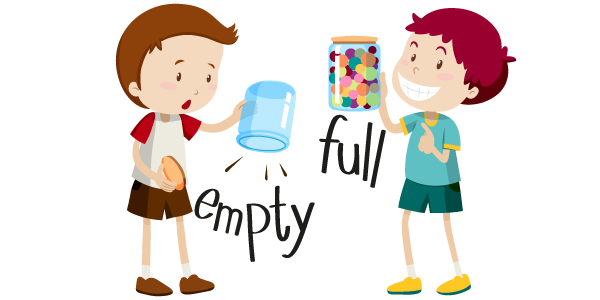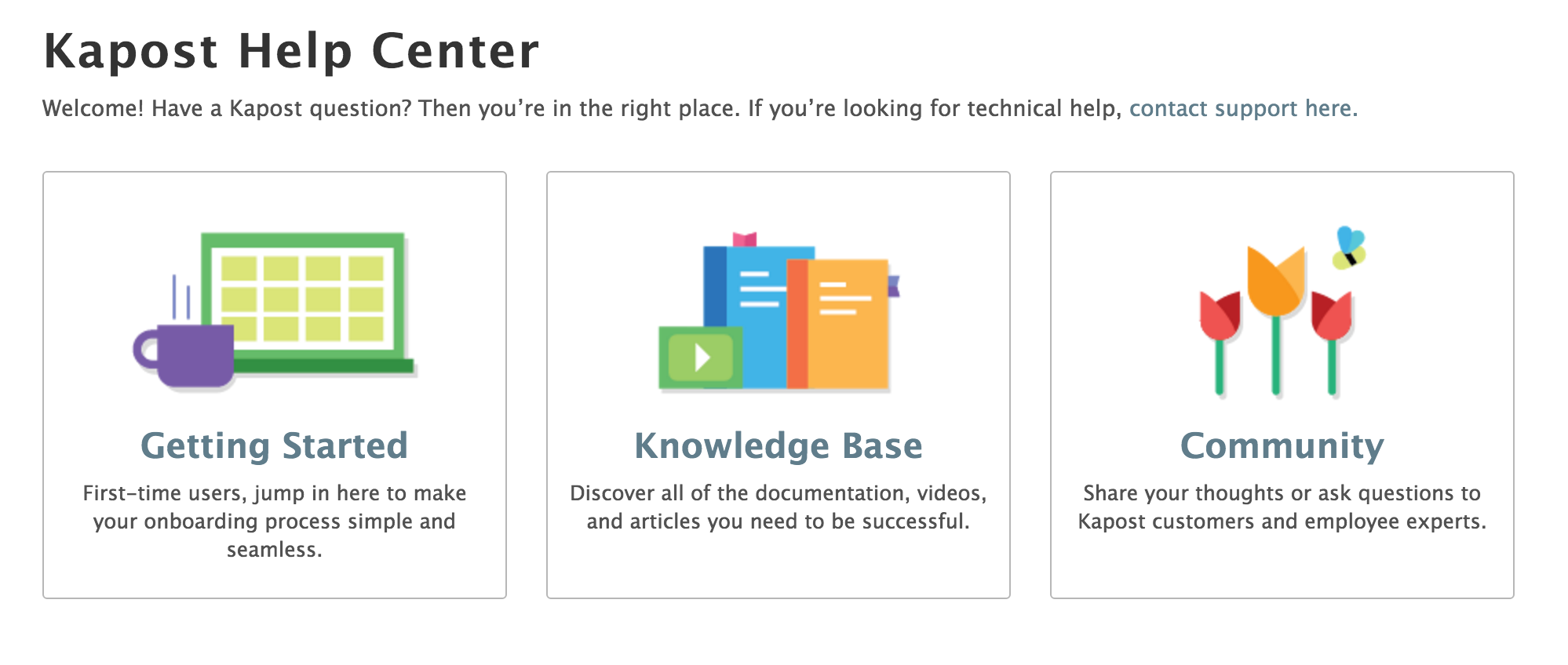Making the decision to invest in new technology is a long, arduous process. Multiple stakeholders are involved, various technologies must be assessed, and the list of competing requirements can throw a vendor into the middle of a long-anticipated internal brawl over priorities.
The potential impact a new technology can have on a team, department, or entire business unit is huge and, unfortunately, not always positive. However, companies that invest in and document customer success and marketing strategies are poised to win big.
The cost to acquire a new customer remains 5x higher than retaining an existing one. Yet, B2B companies continue to invest in customer acquisition strategies instead of retention. Why? Implementing a new product or technology requires a change in your customer’s status quo that can feel hard. However, when a team fully buy-ins to operating a little differently, the results benefit everyone.
RELATED: What Is Customer Success Marketing?
With some cross-departmental coordination between customer support/success teams, sales, and marketing, you can win the loyalty of your customers, turn them into brand advocates, and unlock a lucrative lead generation and revenue channel.
Here are three strategies to get you started:
3 Strategies to Improve Customer Retention

Strategy 1: Be authentic and qualify your customers during the sales process.
Let’s get one thing absolutely straight: buyer’s are savvier than ever and can read through a flimsy pitch in a heartbeat. Successful customer retention requires teams to authentically speak to what their product/service actually does right now—not what it could do, not what it will do in six months. Misleading your customer at the TOFU/MOFU stage will make your look like you’re selling snake oil, and it’s a recipe for quick churn.
Now, let’s flip that on it’s head: when you sell your product authentically, but your seemingly ideal customer, isn’t actually ready your solution. Allow me to explain:
You’re a sales representative for a social advocacy platform, and you’ve just received a warm lead. They subscribed to your blog, opened your weekly newsletter, downloaded a handful of white papers, and even checked out the pricing page on your website. You call and get an appointment on the calendar. All signs point to a closed deal.
Then something happens. On the call, your prospect tells you almost no one in the company uses Twitter, a handful are on LinkedIn, and they don’t have a social advocacy strategy. But it’s a major initiative for their team to adopt a social advocacy platform to kick start their social selling. They have the budget, the buy-in, and are ready to get started.
What do you do?
Here’s the deal, you can sell to this customer right now. However, user adoption will likely be low, and without an implementation strategy in place, they’re unlikely to hit their goals. This potential customer has a high churn risk.
Don’t sell your product to customers who are unlikely to be successful. Continue the education process and position yourself as a trusted partner and consultant along the way.
Be honest with your buyer and give them a roadmap to success. If they don’t have a strategy for social advocacy, work with them to develop one, positioning your product as a critical element to the strategy. Help them build reasonable goals.
Be honest with your buyer and give them a roadmap to success.
One way we do this at Kapost is with our post-sale “pod” structure. Every customer is assigned a pod: an engagement director (strategy), a customer success manager (day-to-day on-boarding, training, and configuration), and an account executive. Each pod meets regularly to ensure they are tracking toward the success metrics the customer is trying to reach.
Strategy 2: Build a customer community and help center.
Customer’s don’t want to talk to support unless it’s absolutely necessary. They want to find a quick and complete answer so they can get back to work. Build and actively engage a customer community and help center to stay relevant and helpful to customers.
A customer community and help center gives customers a place to find answers and learn more about what your solution can do for them. It’s place to for listening to customer needs for product feedback, a place to train, and educate.
Important: This is NOT a substitute for customer support. B2B vendors should always assign a direct point-of-contact for each account. The last thing you want is an upset costumer airing their grievances via an open letter to your business on LinkedIn because they couldn’t get ahold of a human.
Strategy 3: Document a communication strategy for post-sale and up-sell opportunities—and stick to it!
Delivering a consistent customer experience post-sale is just as important—if not more—than during the pre-sale experience. Your customers don’t want to feel like a user ID in your Salesforce system. They want to know that their business is important to you.
Create and document a communication strategy for post-sale and up-sell opportunities. Customer success and customer marketing teams will need to work closely to ensure customers aren’t receiving too many communications from various touch points within your company.
Create customer personas for scalable customer marketing. Just like you create personas to deliver targeted messages to prospects, create personas for your post-sale customers. Identify your up-sell opportunities and create targeted marketing campaigns accordingly.
Segment and personalize all customer communications. Marketing and customer success teams should work closely to create a communication plan for post-sale communications. You don’t want your customer’s receiving marketing emails targeted for prospects. At Kapost, we use our marketing calendar and persona tracking tool to plan, monitor, track all prospect and customer communications.
Want more on customer marketing? Read 5 Ways Customer Marketing Will Evolve in 2016.


